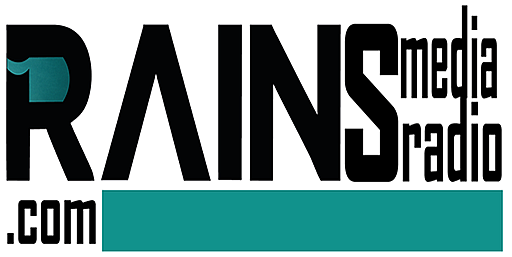U.S. President Donald Trump announced on April 28, 2025, plans to offer automakers partial relief from his 25% tariffs on imports from Canada and Mexico, responding to industry fears that the levies could cripple U.S. factories and raise vehicle prices.
The decision, reported by AP News and The Wall Street Journal, follows intense lobbying from General Motors, Ford, and Stellantis, who warned that tariffs would disrupt supply chains, given 40% of U.S. auto parts come from Mexico. While details remain sparse, the relief exempts car imports from additional duties on steel and aluminum, boosting stock markets.
The tariffs, effective March 4, 2025, aimed to curb illegal immigration and fentanyl trafficking but sparked retaliatory taxes from Canada (10% on U.S. energy) and Mexico (25% on U.S. agriculture). The auto industry, employing 1.2 million Americans, faced a projected $3 billion cost increase, with consumers potentially paying $2,000 according to the Center for Automotive Research. Trump’s shift, announced during a Michigan rally marking his 100th day, reflects pressure from Midwestern states, where 60% of U.S. auto jobs are concentrated. The relief does not apply to China’s 145% tariffs, which continue to target electric vehicle imports.
Industry leaders welcomed the move but urged clarity, as the policy shift lacks a formal timeline or scope, per Reuters. Volvo and Porsche had cut profit forecasts, citing tariff-related costs, while General Motors abandoned its 2025 guidance. Canada’s Prime Minister Mark Carney, fresh off an election win, signaled openness to trade talks. India, facing a 26% U.S. tariff, is also negotiating exemptions, with Finance Minister Nirmala Sitharaman eyeing an interim deal, per The Times of India. The U.S. imported $400 billion in vehicles and parts in 2024, with Mexico supplying 25%, per U.S. Commerce Department data.
Analysts warn that without comprehensive relief, tariffs could still raise inflation, already at 3.4%, and slow GDP growth, projected at 2.1% for 2025, per The New York Times. Trump’s earlier tariff pause on April 9 offered temporary respite, but automakers seek long-term stability. As the industry awaits specifics, the relief signals a pragmatic adjustment to Trump’s trade war, balancing protectionism with economic realities, though its success depends on swift implementation and reciprocal agreements.

